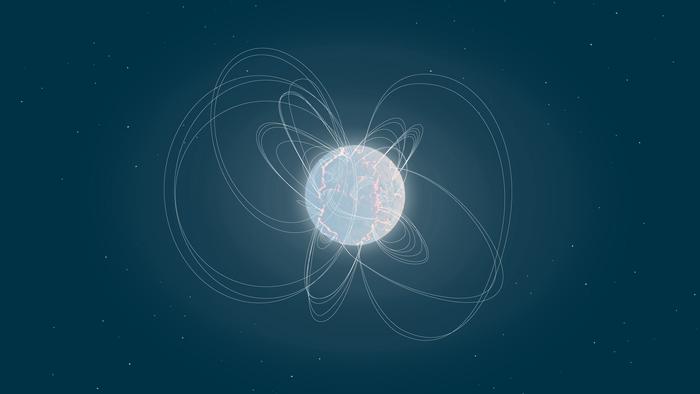ESA’s satellite INTEGRAL recently detected a sudden burst of high-energy gamma-rays coming from the nearby galaxy M82, located 12 million light-years away. The burst lasted only a tenth of a second and was quickly identified by the INTEGRAL Science Data Centre (ISDC) at the University of Geneva (UNIGE). An alert was sent out to astronomers worldwide just 13 seconds after the detection.
Sandro Mereghetti of the National Institute for Astrophysics (INAF–IASF) in Milan, Italy, lead author of the publication, noted, “We immediately realised that this was a special alert. Gamma-ray bursts come from far-away and anywhere in the sky, but this burst came from a bright nearby galaxy.”
The Search for an Afterglow
The team requested follow-up observations from ESA’s XMM-Newton space telescope and ground-based optical telescopes, hoping to find an afterglow from the explosion. However, no signal was found in X-rays or visible light, and no gravitational waves were detected by Earth-based detectors. This led the researchers to conclude that the signal most likely came from a magnetar, a young neutron star with an exceptionally strong magnetic field.
Volodymyr Savchenko, senior research associate at UNIGE and co-author of the publication, explains, “When stars more massive than eight times the Sun die, they explode in a supernova that leaves a black hole or neutron star behind. Neutron stars are very compact stellar remnants with more than the mass of the Sun packed into a sphere with the size of the Canton of Geneva. They rotate quickly and have strong magnetic fields.”
This discovery marks the first firm confirmation of a magnetar flare outside of the Milky Way. The flare detected by INTEGRAL originated from M82, a bright galaxy with active star formation, where massive stars are born, live short turbulent lives, and leave behind neutron stars.
The search for more magnetars will continue in other extra-galactic star-forming regions to better understand these extraordinary astronomical objects. INTEGRAL’s large field of view and flexible scheduling, along with the quick response of XMM-Newton, were crucial in making this time-sensitive discovery.
The findings are published in the journal Nature.


